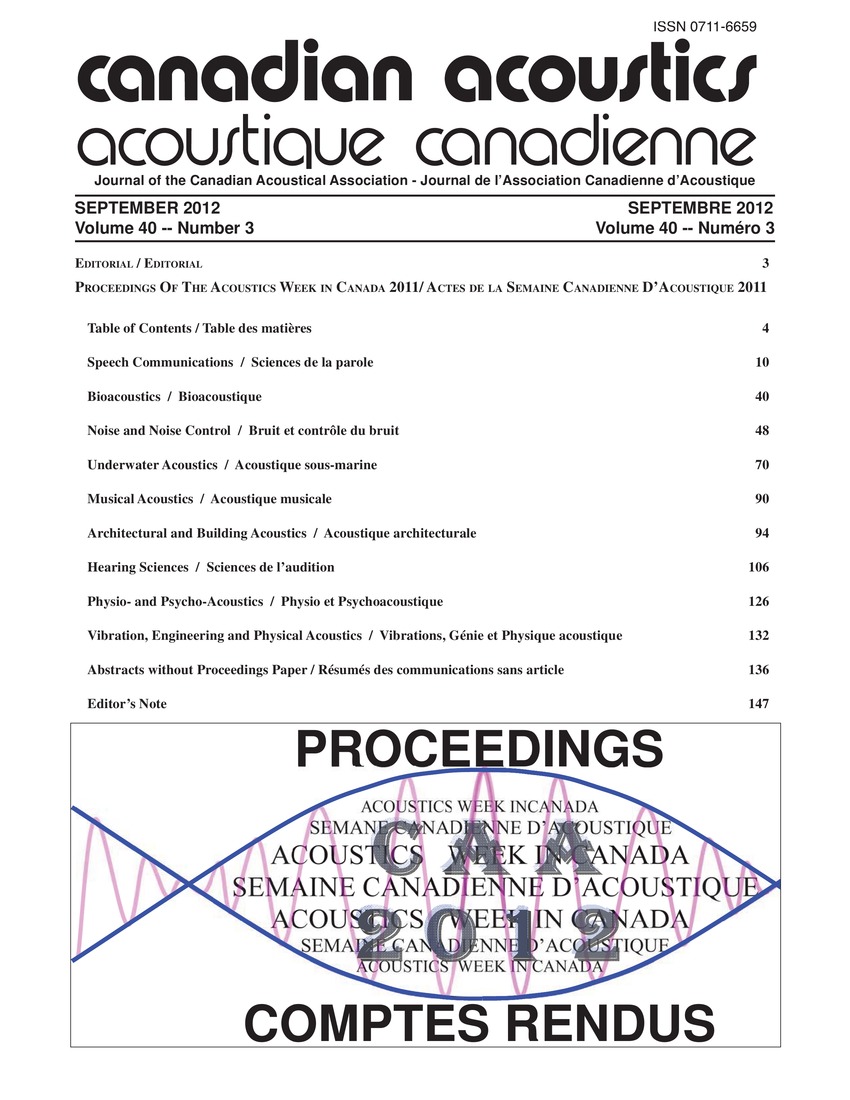An empirical comparison of three audio fingerprinting methods in music and feature-length film
Keywords:
Algorithms, Audio fingerprinting, Bitrates, Data sets, Empirical comparison, Music data, Vision based algorithmsAbstract
An empirical comparison of three audio fingerprinting methods in music and feature-length film is presented. Shazam, a commercially successful algorithm was chosen and against two vision-based algorithms, the original CMU algorithm, and also Google's Waveprint algorithm. The song or film of each of the queries corresponding to the respective dataset in turn is identified. The feature-length film dataset was transcoded and down- sampled from 48KHz to 16KHz mono-channel PCM with 256 kbps bitrates. The experiments were conducted on a machine with a single 3.0GHz Intel Xeon CPU with a 4MB cache and 16GB RAM. The F-measures on the two datasets show that optimizations for quality pay very high dividends on film audio, but not on music data. It is also found that the Shazam handily outperforms both vision- based algorithms, in both time and quality.Additional Files
Published
How to Cite
Issue
Section
License
Author Licensing Addendum
This Licensing Addendum ("Addendum") is entered into between the undersigned Author(s) and Canadian Acoustics journal published by the Canadian Acoustical Association (hereinafter referred to as the "Publisher"). The Author(s) and the Publisher agree as follows:
-
Retained Rights: The Author(s) retain(s) the following rights:
- The right to reproduce, distribute, and publicly display the Work on the Author's personal website or the website of the Author's institution.
- The right to use the Work in the Author's teaching activities and presentations.
- The right to include the Work in a compilation for the Author's personal use, not for sale.
-
Grant of License: The Author(s) grant(s) to the Publisher a worldwide exclusive license to publish, reproduce, distribute, and display the Work in Canadian Acoustics and any other formats and media deemed appropriate by the Publisher.
-
Attribution: The Publisher agrees to include proper attribution to the Author(s) in all publications and reproductions of the Work.
-
No Conflict: This Addendum is intended to be in harmony with, and not in conflict with, the terms and conditions of the original agreement entered into between the Author(s) and the Publisher.
-
Copyright Clause: Copyright on articles is held by the Author(s). The corresponding Author has the right to grant on behalf of all Authors and does grant on behalf of all Authors, a worldwide exclusive license to the Publisher and its licensees in perpetuity, in all forms, formats, and media (whether known now or created in the future), including but not limited to the rights to publish, reproduce, distribute, display, store, translate, create adaptations, reprints, include within collections, and create summaries, extracts, and/or abstracts of the Contribution.


